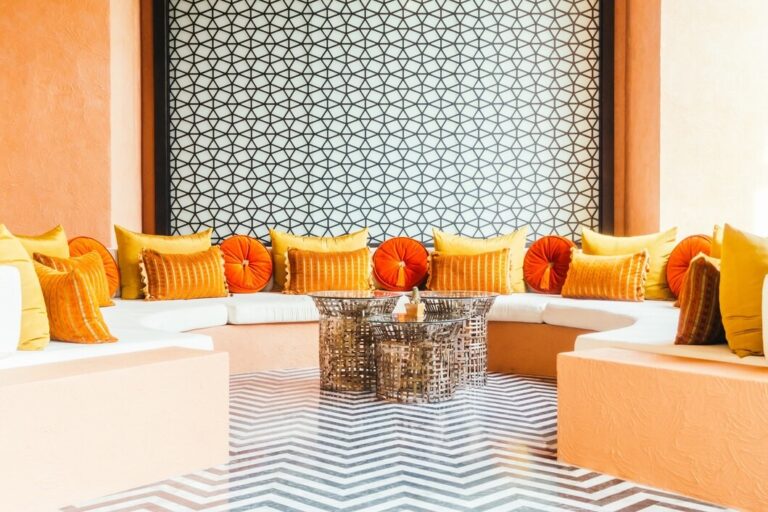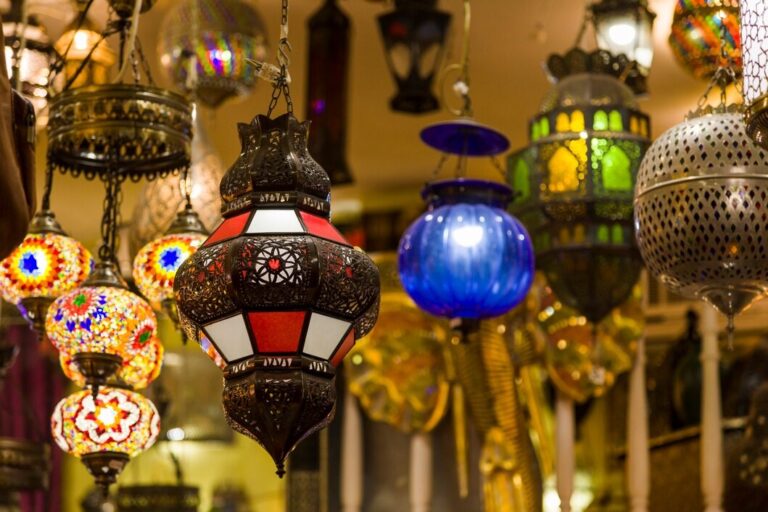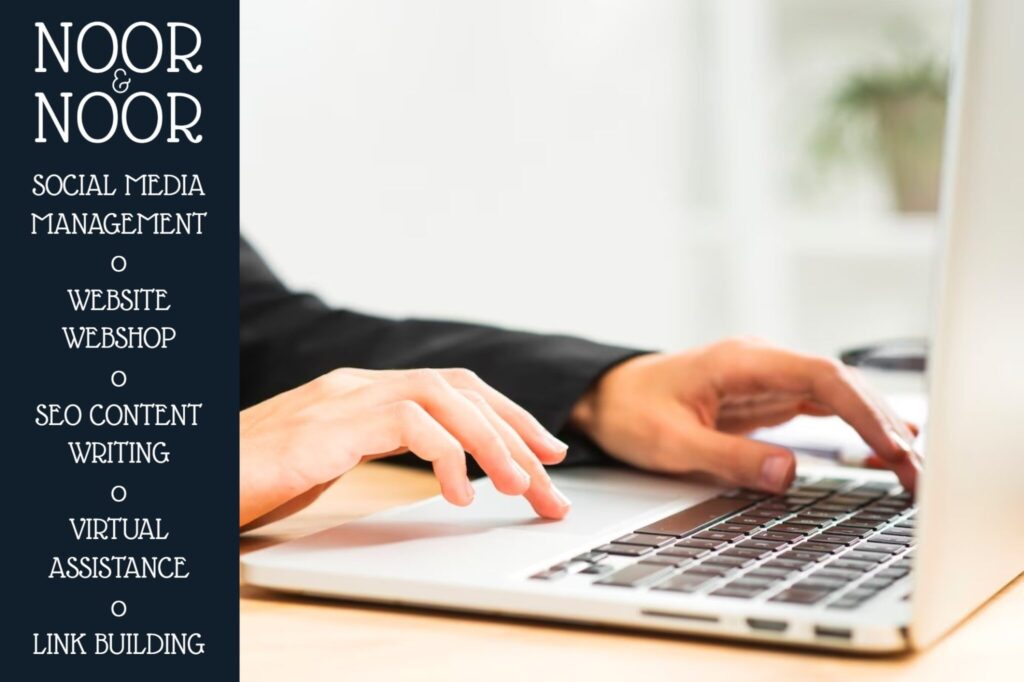In 2025, interior design continues to evolve in line with major societal, technological and environmental changes. Interiors are becoming more than just functional spaces: they are transforming into personal sanctuaries that reflect the values and aspirations of the inhabitants. Here are the 6 fundamentals that are redefining interior design this year.
1. Sustainability at the heart of choices
With increased awareness of ecology, sustainability is a central tenet of the interior decoration in 2025. Natural materials such as reclaimed wood, bamboo, cork and raw stone are taking pride of place. Similarly, organic fabrics such as linen, organic wool and recycled cotton are establishing themselves as must-haves.
Consumers prefer locally designed furniture and decorations, in order to reduce the carbon footprint associated with transport. Vintage objects and restored pieces, which combine aesthetics and ecological commitment, are very popular.
2. Invisible and integrated technology
In 2025, technology is seamlessly and discreetly integrated into interior design. Smart homes offer automated systems for lighting, climate control and security, but these devices are designed to be aesthetically pleasing and nearly invisible. Screens, for example, become works of art when not in use, and smart speakers blend into the decor.
Smart lighting plays a key role, allowing you to change the mood of a room depending on the time of day or your needs. In addition, modular furniture integrates technological options such as invisible USB charging ports and touch surfaces.
3. Warm minimalism
In 2025, minimalism remains a strong trend, but it is reinventing itself in a warmer and more welcoming form. This style advocates simplicity, while incorporating elements that bring comfort and personality. Neutral colors, such as beiges, creams and earthy tones, create a calming atmosphere, while soft materials like velvet and artisanal accessories enrich the whole.
The “less, but better” philosophy encourages us to surround ourselves only with objects that bring real value, both functionally and aesthetically. The spaces exude simplicity while being warm and lively.

4. Hybrid spaces
The contemporary lifestyle, marked by teleworking and flexibility, inspires a reorganization of interior spaces. Hybrid rooms, capable of fulfilling several functions, become essential. For example, an office corner can be hidden behind sliding doors in a bedroom or living room.
Modular furniture, such as extendable tables or sofa beds, is ideal for optimizing space without compromising aesthetics. Smart storage solutions, such as built-in wardrobes and wall shelves, help keep spaces organized and functional.
Building Business Partnerships Through Moroccan Cultural Events
In today’s interconnected world, businesses are constantly searching for innovative ways to establish trust, strengthen networks, and expand their reach....
Hiking Trails in the Middle Atlas Mountains
The Middle Atlas Mountains are often overshadowed by the High Atlas or the Rif, yet they hold some of Morocco’s...
From Passion to Profession: Turning Creative Skills into Income
In Morocco, more young people are transforming their creative talents into careers. Whether it’s photography, calligraphy, fashion design, or digital...
Young Moroccans Abroad: Balancing Wanderlust and Roots
For many young Moroccans, the dream of exploring the world is irresistible. Whether through study, work, or travel, living abroad...
5. Colors and patterns inspired by nature
The colors that are trending in 2025 are directly inspired by nature. Moss greens, deep blues reminiscent of the ocean, and ochres recall natural landscapes and bring a calming touch to interiors. These palettes are often combined with organic patterns, such as leaves, flowers, or woody textures.
Panoramic wallpapers, depicting natural scenes or dreamlike landscapes, are enjoying a resurgence in popularity. They allow you to create immersive spaces and invite you to escape.

6. Craftsmanship and customization
In 2025, handcrafted and personalized objects occupy a prominent place in interior design. Unique pieces, whether ceramics, hand-woven rugs or custom-made furniture, allow you to create an interior that reflects the personality of its inhabitants.
This trend is part of a desire to promote local know-how and to encourage more human and authentic decoration. Collaborations between local designers and artisans are increasing, giving rise to creations that tell a story.
Conclusion
In 2025, interior design is marked by a balance between aesthetics and functionality, while emphasizing sustainability, personalization and harmony with nature.
Interiors are no longer simply spaces to live in, but places of renewal and self-expression, adapted to the changing needs of modern life. An evolution that promises to continue to inspire and amaze.
















Discussion about this post